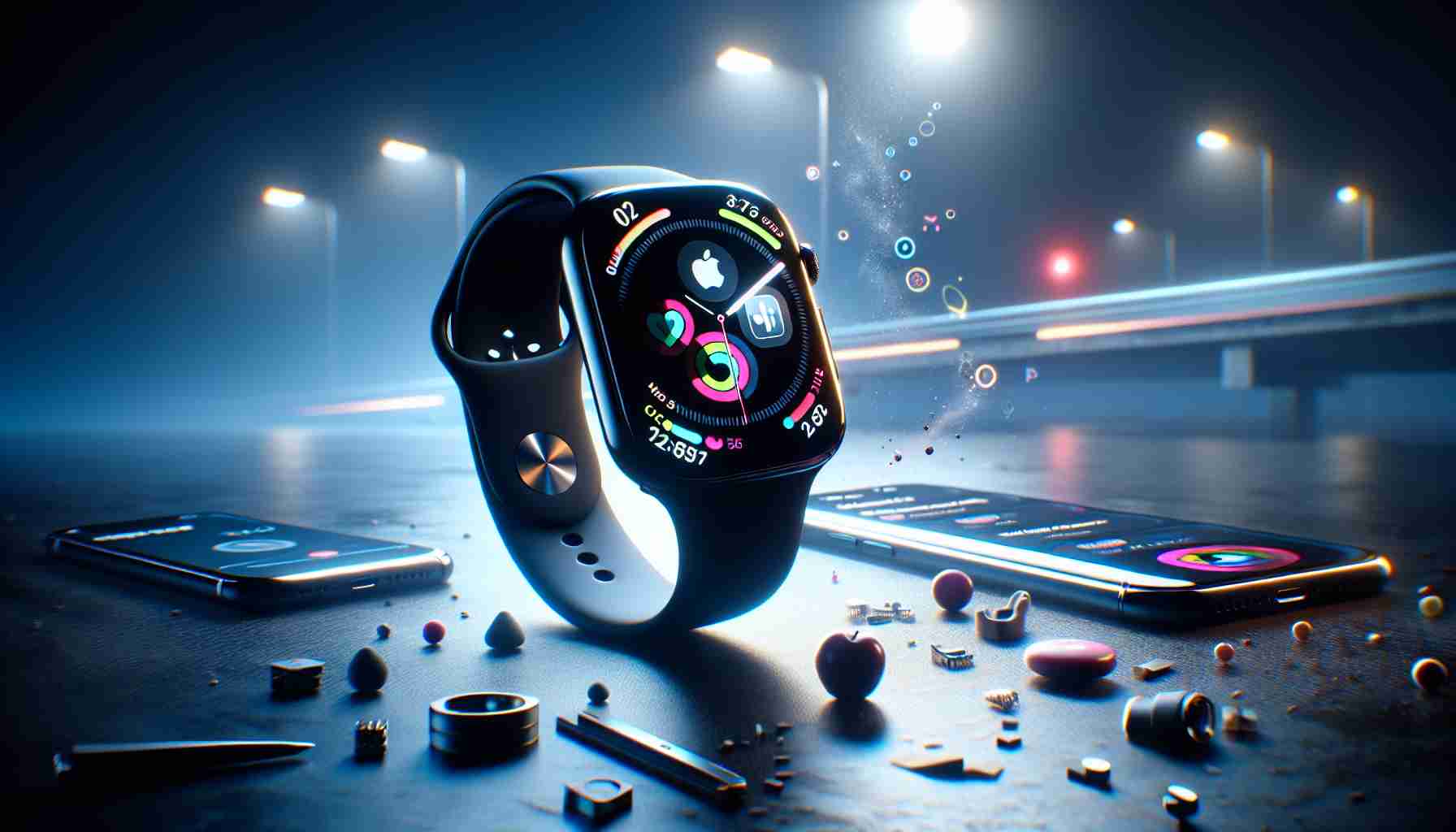The Apple Watch boasts a measure of independence, granting users access to a variety of features even when disconnected from their iPhone companion. Music, podcasts, and audiobooks that are pre-downloaded can still be enjoyed on-the-go. Individuals can capture their musings and ideas with ease through versatile note-taking applications or the integrated voice memo feature.
Daily planning is seamless with the Apple Watch’s calendar capabilities. Fitness enthusiasts can continue to track and log important health statistics from their workouts. While sharing these stats might not be possible without an iPhone connection, the built-in GPS ensures accurate tracking of speed and distances during physical activities.
For those with an Apple Watch connected to a cellular network, the realm of possibilities expands further. Users can stay in contact via phone calls and text messages even in the absence of their iPhone. Practicality extends to shopping, where Apple Pay functions enable effortless transactions at compatible outlets.
Moreover, the cellular-enabled Apple Watch can act as a homing beacon, finding friends and devices with simplicity. Despite its compact size, the device can also serve as a portable photo frame, displaying captured memories and synchronized photo albums.
In a nutshell, the Apple Watch is designed to maintain a level of autonomy, ensuring continued productivity and connectivity even when it steps out of the iPhone’s shadow.
The Apple Watch has grown increasingly autonomous since its introduction, which has various advantages and challenges.
Key Questions:
1. What can an Apple Watch do without being connected to an iPhone?
Without an iPhone, an Apple Watch can still play pre-downloaded music, podcasts, and audiobooks, take notes, record voice memos, access calendar events, track fitness and health data via its sensors, and if it is a cellular model, make calls, send texts, and use Apple Pay.
2. Does an Apple Watch with cellular have any disadvantages?
The primary disadvantages include the additional cost for the cellular model and the need for a separate cellular plan. Battery life can also be shorter when using cellular features frequently.
Key Challenges and Controversies:
– Cost: The higher upfront cost of the cellular Apple Watch model and the ongoing cost of a cellular plan can be a barrier for some users.
– Battery Life: Using the cellular features can lead to faster battery depletion, which can be a concern for users who are unable to charge the device throughout the day.
– Connectivity: While the Apple Watch is more independent with cellular, there are still limitations, such as the need for a Wi-Fi connection for certain features.
– App Availability: Not all iPhone apps have an Apple Watch counterpart, limiting the functionality for users without their iPhone.
Advantages:
– Convenience: Users can stay connected, make payments, and access a variety of features without carrying their iPhone.
– Emergency Services: With cellular, users can contact emergency services directly from their wrist, which can be crucial in urgent situations.
– Fitness Tracking: The Apple Watch is a powerful tool for tracking workouts and health data independently of an iPhone.
Disadvantages:
– Dependence on iPhone for Setup and Management: Initially setting up the Apple Watch and customizing settings often requires an iPhone.
– Limited Functionality: While the Apple Watch offers many standalone features, the full spectrum of apps and services is only available when connected to an iPhone.
– App Synchronization: For certain data and app synchronization, such as updating playlists, the Apple Watch requires an iPhone.
For further information on the Apple Watch and its features, you can visit the official Apple website at: Apple.
The source of the article is from the blog lisboatv.pt
